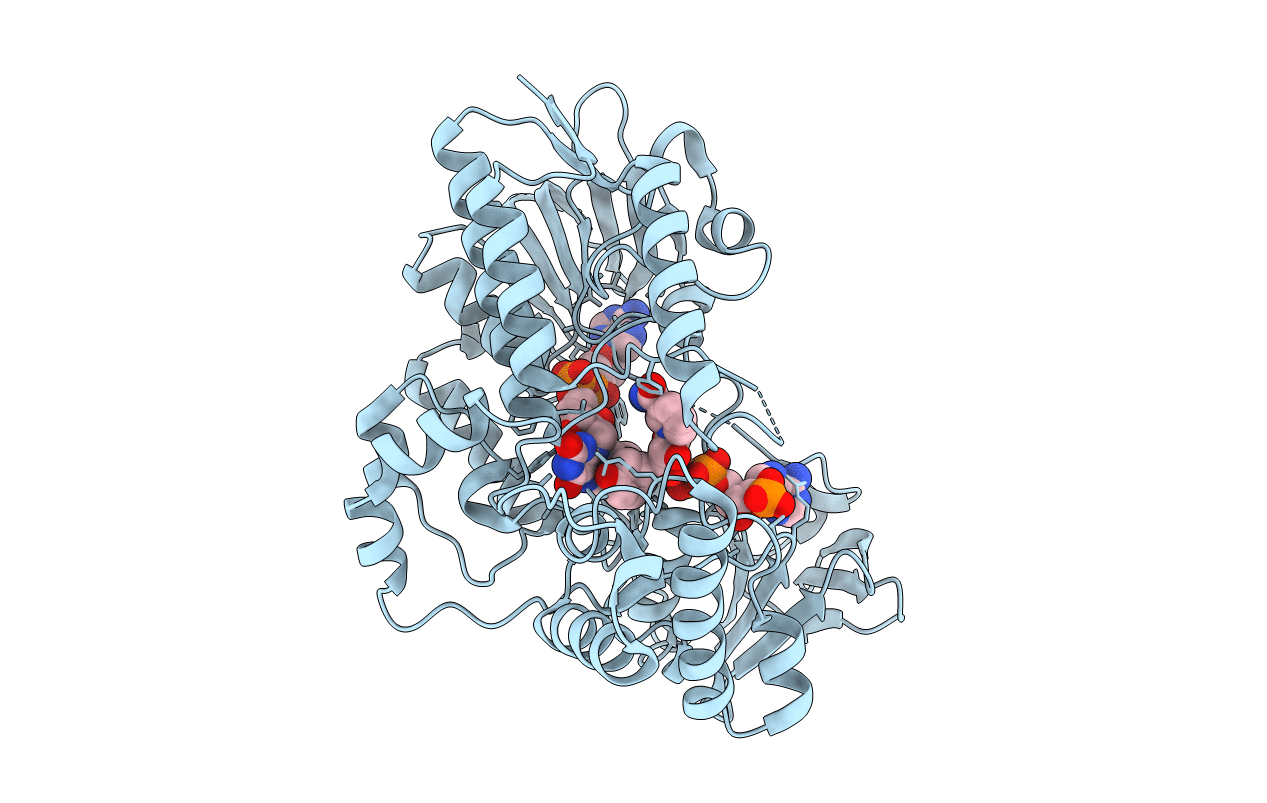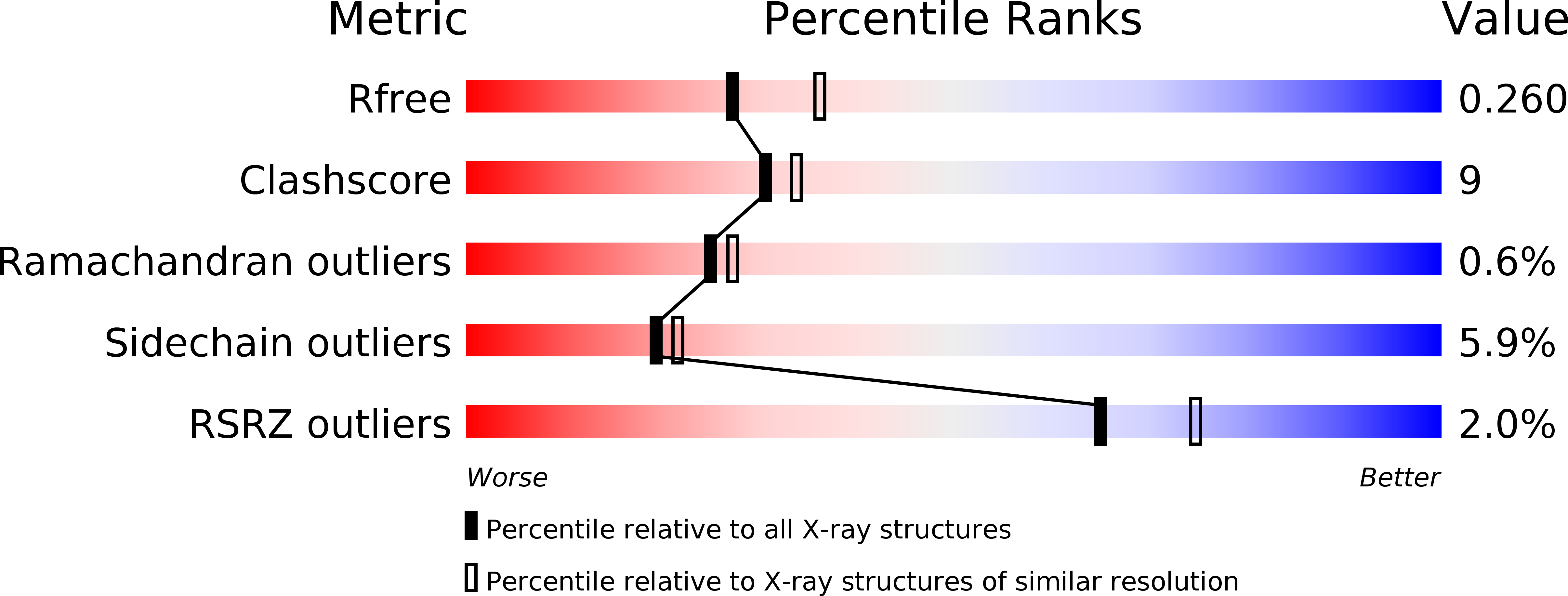
Deposition Date
2011-10-27
Release Date
2012-04-25
Last Version Date
2023-09-13
Entry Detail
PDB ID:
3UCL
Keywords:
Title:
Cyclohexanone-bound crystal structure of cyclohexanone monooxygenase in the Rotated conformation
Biological Source:
Source Organism:
Rhodococcus sp. HI-31 (Taxon ID: 638919)
Host Organism:
Method Details:
Experimental Method:
Resolution:
2.36 Å
R-Value Free:
0.26
R-Value Work:
0.19
R-Value Observed:
0.19
Space Group:
P 21 21 21


